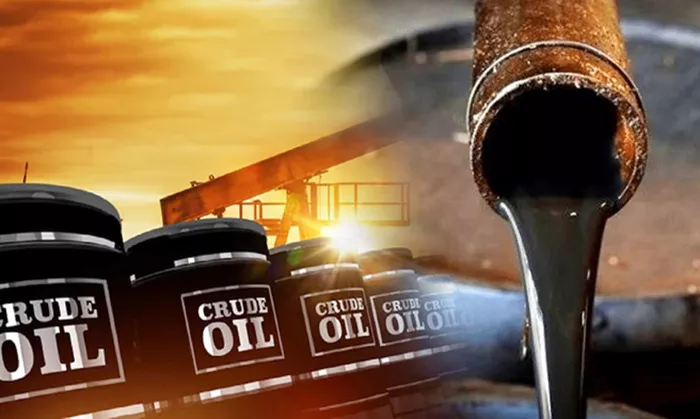U.S. is the Largest Producer
In a significant development for the global energy landscape, the United States has solidified its position as the largest producer of crude oil in 2024. Despite facing numerous challenges over the past decade, including a reduction in the number of active oil rigs, the U.S. has leveraged technological advancements and efficiency improvements to maintain and boost its production levels.
Top Position Maintained
As of 2024, the United States is the world’s largest producer of crude oil. This status has been achieved despite a significant reduction in the number of active oil rigs over the past decade.
Technological Advancements
Horizontal Drilling
Horizontal drilling techniques have played a crucial role in enhancing oil extraction efficiency. Unlike traditional vertical drilling, horizontal drilling allows the drill to access a larger area of the oil reservoir.
Horizontal wells can extend over 10,000 feet, reaching more substantial oil deposits. This method targets the most productive layers of the reservoir, significantly increasing yield.
Digital and Data Innovations
Advanced Technologies
The integration of digital sensors and advanced imaging techniques has revolutionized the oil extraction process. These technologies provide real-time data, allowing drilling engineers to steer drill bits with high precision.
This real-time monitoring and control enhance the efficiency of oil recovery and reduce the operational footprint of oil extraction activities.
See also: Why Did Crude Oil Prices Fall In 2008?
Economic Factors
Cost Management
The rising costs associated with drilling new wells, driven by increased prices for essential materials like cement and steel, have prompted oil companies to focus on maximizing the output of existing wells.
By optimizing production from fewer wells, companies can increase profitability and reduce the need for new drilling operations.
Industry Consolidation
Acquisition and Innovation
The drive for efficiency and profitability has led to significant consolidation within the oil industry. Larger companies are acquiring smaller, innovative firms to enhance their production capabilities.
Smaller companies have been at the forefront of technological innovation, and their acquisition by larger firms accelerates the adoption of cutting-edge technologies.
Global Competitors
Other Major Producers
Saudi Arabia and Russia remain major players in the global oil market, with substantial production capacities and reserves. However, the technological edge and operational efficiency of the U.S. oil industry have solidified its position as the leading producer.
Despite their vast reserves, both Saudi Arabia and Russia have not matched the U.S. in terms of technological advancements and production efficiency.
See also: Why Did Crude Oil Prices Fall In 2008?
U.S. Leadership in Oil Production
The United States’ position as the leading crude oil producer in 2024 highlights the country’s ability to leverage technological advancements, optimize resource utilization, and implement strategic industry practices.As the global energy landscape evolves, the U.S. continues to set the benchmark for oil production, balancing innovation with profitability.
This achievement is a testament to the resilience and innovation of the U.S. oil industry, which continues to drive forward despite challenges. The advancements in technology, coupled with strategic economic practices, have ensured that the United States remains at the forefront of global oil production.
For more detailed insights, you can refer to the reports from sources like the U.S. Energy Information Administration and various industry analyses from 2024.
Related Topics:

